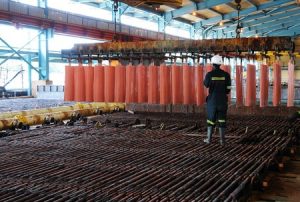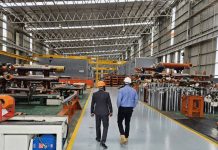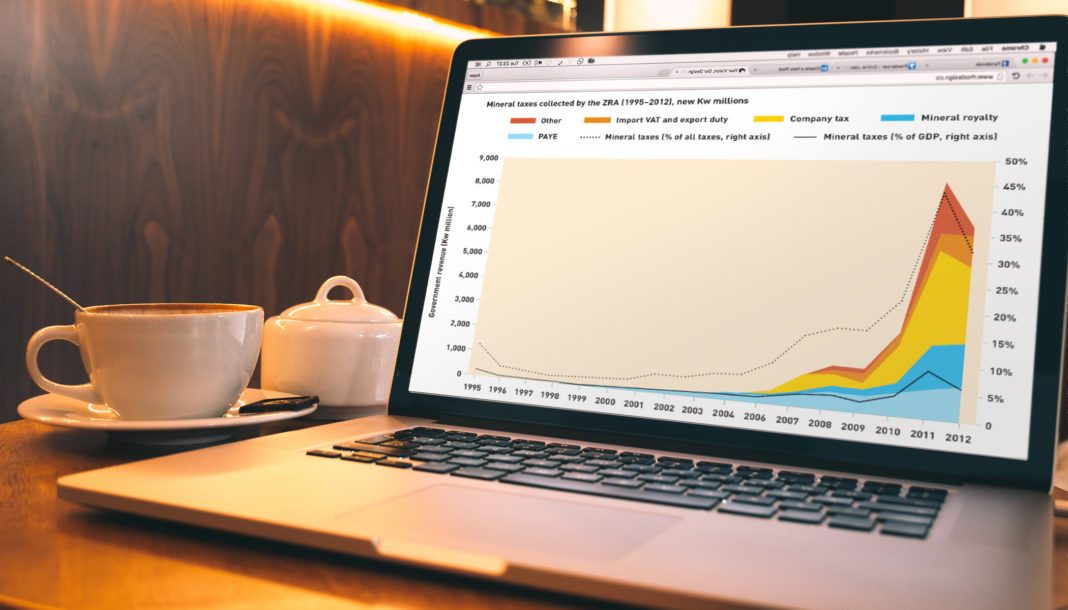In 1999, at the time of privatisation of Zambia’s previously nationalised copper-mining industry, tax revenue from the industry was barely K22 million.
By 2010, just over a decade later, it had shot up to more than K8 billion. That means it had easily increased by more than 300 times.

As the accompanying graph above from a report by the International Council on Mining and Metals (ICMM) shows, this rising tax revenue has come not just from company tax (i.e.: on mining profits), but a variety of other sources such as Mineral Royalty Tax, PAYE (Pay as you Earn), VAT (Value-Added Tax) and various duties.
Both the rising tax revenue and the different sources it comes from are due to the rapid growth in the industry over this period.
The mining industry invested $12.4 billion in new mining ventures from 2000 to 2014, and nearly trebled the country’s copper production, from under 250 000 tonnes in 2000 to over 700 000 tonnes in 2015.
This intense economic activity has driven tax collection in a variety of ways:
- Highly specialized equipment and machinery not available locally has to be imported, and government charges VAT on these big-ticket items
- New mining ventures are built by huge teams of specialized contractors and temporary workers, all of whom pay income tax (PAYE) on their salaries
- The completed mining ventures employ increasing number of permanent workers, who also pay income tax (PAYE) on their salaries
- The mines pay Mineral Royalty Tax on every tonne of copper sold; this is an upfront tax on production that generates increasing tax revenue with increasing output
- Once the mines have recouped their investment and start to show a profit, they pay company tax on this profit.
Although the rate of increase of the industry’s contribution to tax revenue has slowed in the past few years in the wake of the global mining slowdown, the overall figures are still significant.
The most recent report for 2014 from Zeiti (Zambia Extractive Industries Transparency Initiative) shows that the copper-mining sector contributed total tax revenues of K8.10 billion in 2014 – or the equivalent of K22 million every single day of the year. The K8.1 billion was 30% of Zambia’s total tax revenues in 2014.
The K8.1 billion represents a 22% increase on the K6.6 billion paid in 2013.
Generally speaking, a mine’s contribution to tax revenue is mainly a function of its production levels, and whether it is producing at a profit or a loss. It also depends on where the mine is in its investment and growth cycle – if it is investing heavily in costly expansion, it will often not be in a tax-paying position for some years (although it will be paying royalties).
“A mine’s tax revenue is mainly a function of its production and profitability”
FQM’s Kansanshi mine in Solwezi remains the industry’s biggest taxpayer because it is one of the country’s largest producers, has been operating at a profit for several years, and has the unique advantage of being able to recover large quantities of gold as a by-product. Kansanshi contributed K3.2 billion of tax revenue in 2014, or one-third of the copper-industry total.
Conversely, a high-cost mine like Barrick Lumwana (and those on the Copperbelt) has not to date been as profitable, and has therefore paid less tax. Nevertheless, Barrick Lumwana paid tax revenues of K700 million in 2014, or just over 7% of the copper-industry total.
The Zeiti report also shows that the biggest contribution to government tax receipts from the mining industry in 2014 was neither company tax nor Mineral Royalty Tax, but Import VAT. At K2 billion, it represented 20% of the total take. Import VAT is Value-Added Tax that government charges on the importation of highly specialized machinery and equipment that cannot be sourced locally.
The mines also contribute tax revenue to the municipalities in which they are based, in the form of property rates and annual business fees. The Zeiti report shows that 14 different local councils received K80.4 million in total tax receipts from the mining industry.























